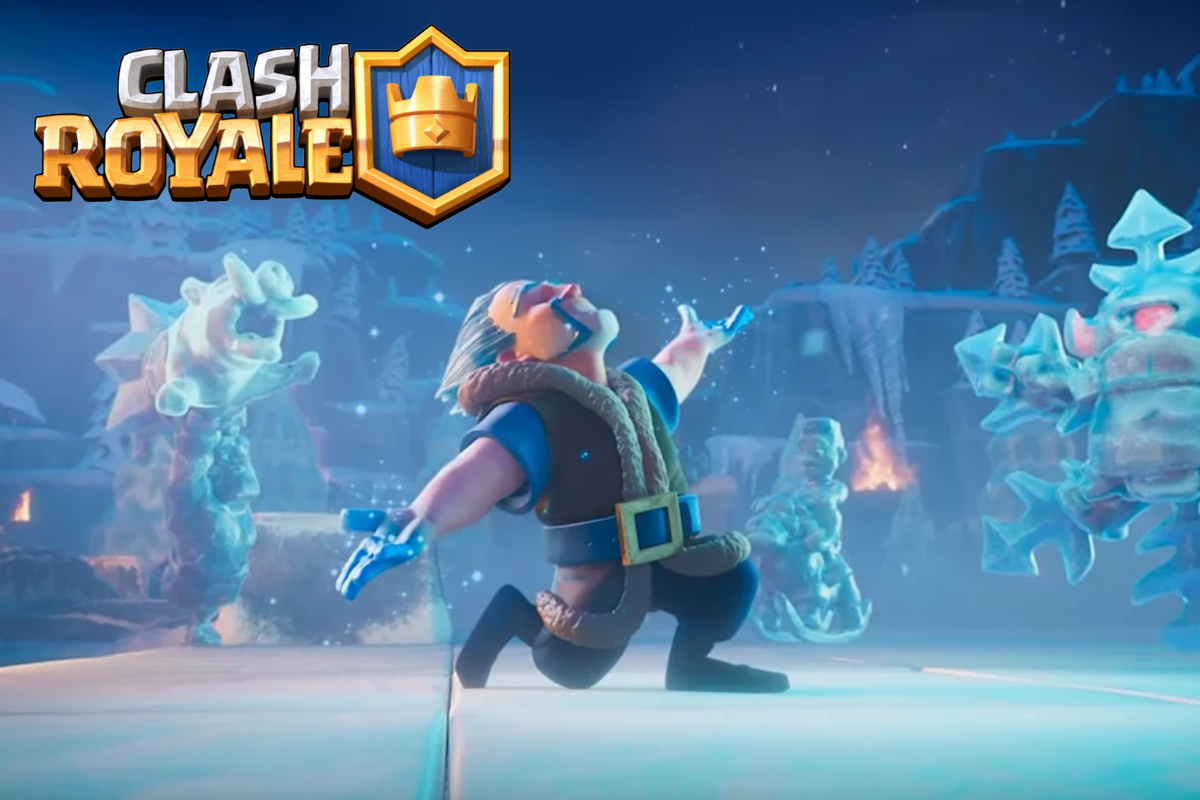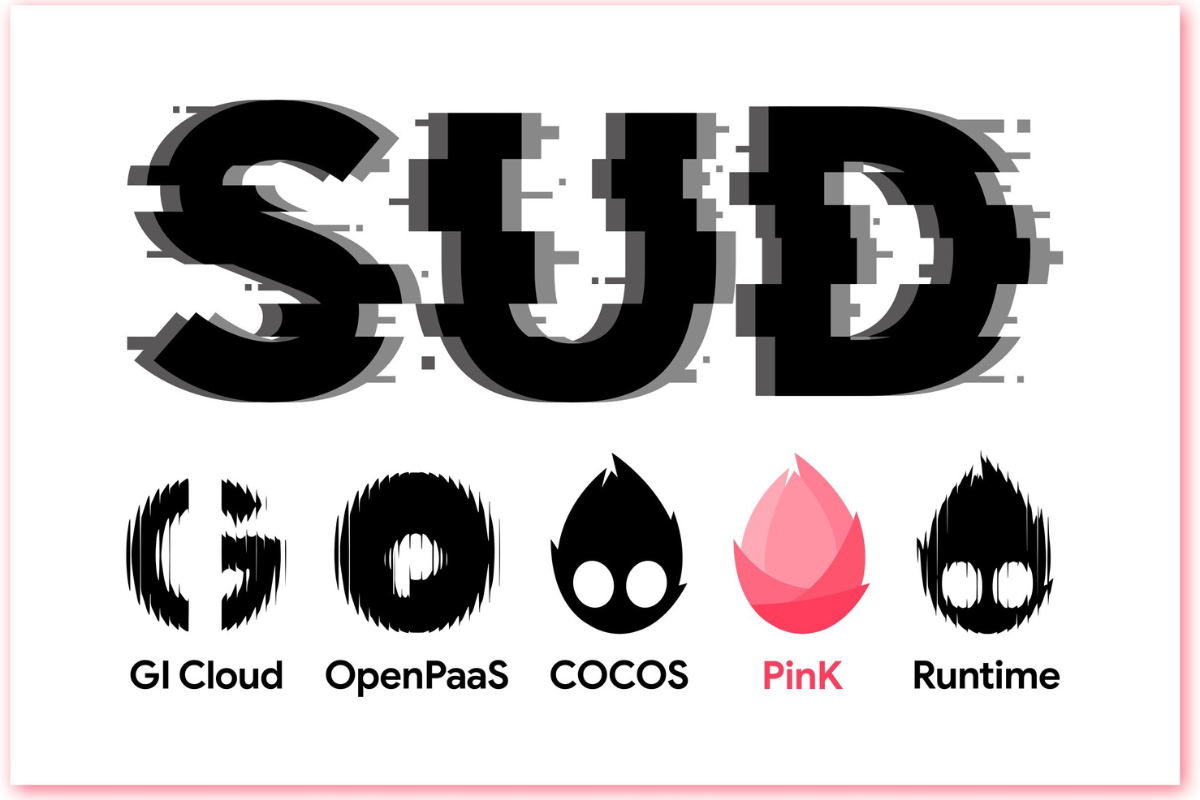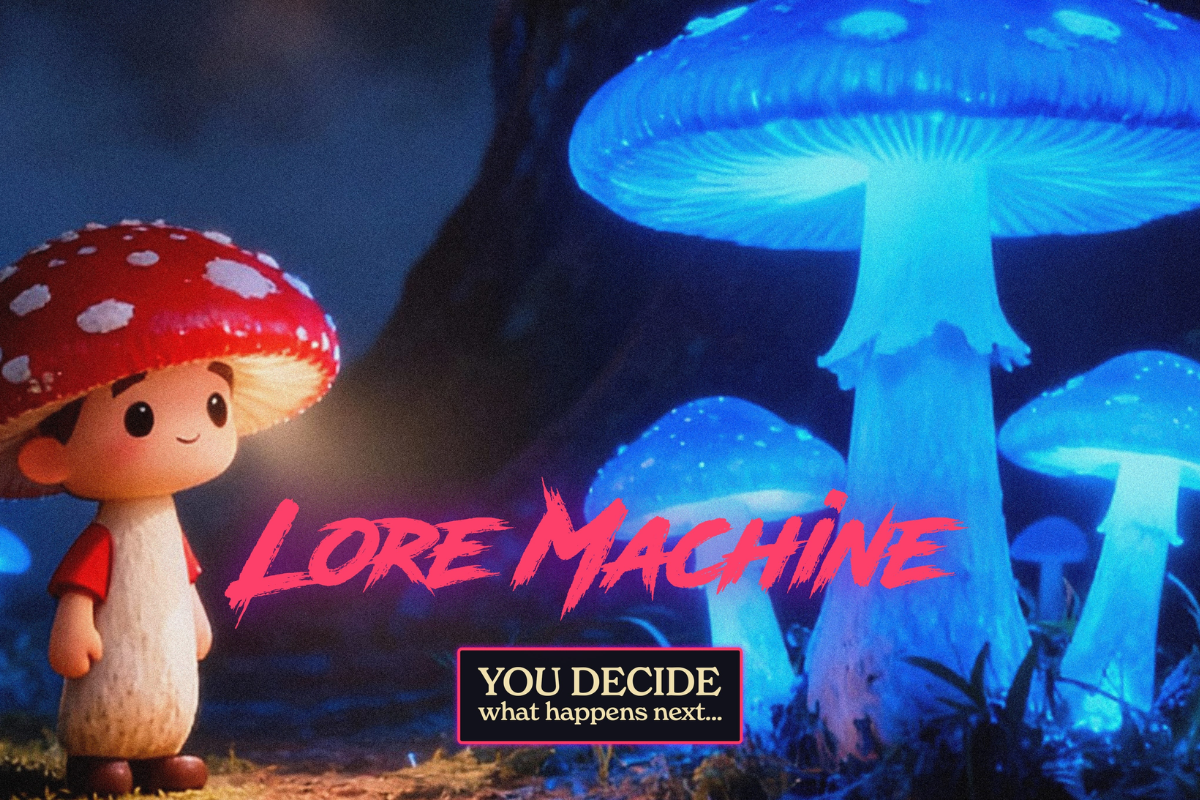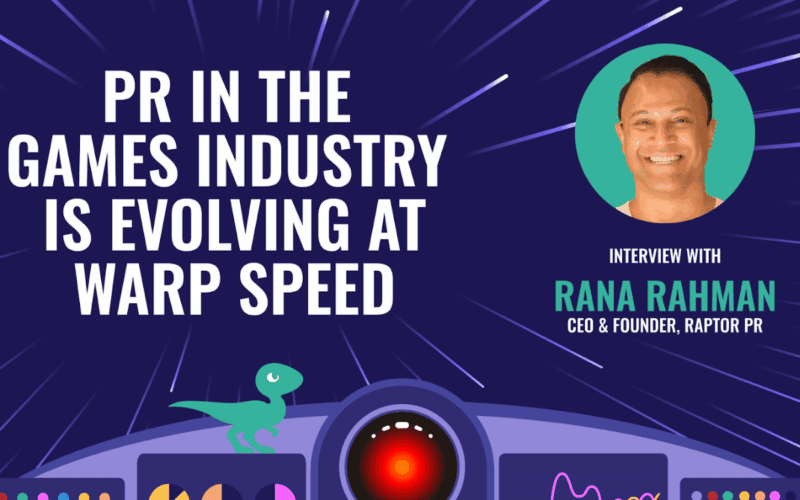We caught up with Rana Rahman, founder and CEO of Raptor PR, to talk about AI’s impact, the new media ecosystem and a look ahead to the tech that will reshape games industry comms next.
How has the use of AI transformed games industry comms?
AI has become a game-changer, excuse the pun. At Raptor PR, we’re using AI tools across the comms stack: to monitor media sentiment, track industry narratives, analyse competitor visibility, and even accelerate content production.
But this isn’t about replacing human creativity. We’re even training models, but it still takes an expert human eye to qualify the quality of the outputs. It’s about unlocking the team’s valuable time and insights.
AI gives us the ability to identify trends before they explode, react faster to opportunities, and make smarter decisions. In an industry as fast-moving and hype-driven as gaming, that’s a serious advantage.
That said, we’re careful not to lean too hard on AI. PR is still fundamentally about people, relationships, and trust. AI can support that process, but it can’t replicate the human nuances and creativity required to build credibility with media, clients or communities.
For me, the real value of AI is in making us sharper and more strategic communicators. It’s your co-pilot, not the pilot. Think William Riker to Jean Luc-Picard.
With the rise of newsletters, podcasts, and expert-led platforms, how should comms strategies adapt?
Comms strategies today need to be as multi-dimensional as the media landscape itself. Traditional games media is obviously still crucial, but it’s only one part of the picture.
Newsletters, podcasts, LinkedIn influencers, Discord, YouTube channels – they are all the new power players shaping perception in the industry. Yes these are new ways we are consuming content, but the fundamental difference is that these channels are not just pushing content in different formats, they’re building communities.
At Raptor PR, we’ve adapted by shifting from thinking about “media lists” to “influencer networks.” We ask: Who’s shaping the conversation in your niche? Where does your audience actually spend time? Who do they trust? This leads to bespoke strategies that blend earned media with community-led content, expert commentary, and founder visibility.
The best part? These new channels often offer deeper, more engaged audiences than traditional media ever could. But they demand authenticity and trust, there’s no room for fluff. You have to earn your space by bringing value, whether that’s insight, originality, or genuinely useful storytelling. The brands that succeed today are the ones that build meaningful narratives across diverse, interconnected platforms.

How important are in-person events for engaging with industry audiences today, compared to traditional PR channels?
In-person events are more important than ever, but only if you know how to maximise them. For the games industry, events like GDC, Gamescom, Mobidictum, and Pocket Gamer Connects aren’t just calendar moments; they’re where relationships are forged, partnerships are born, and brand reputations are built in real time. However, they come at a cost, and brands that invest time as well as money are the ones that achieve the ROI.
What has changed is how events fit into the broader comms strategy. A booth or panel talk isn’t enough. We help our clients use events as high-leverage moments. Planning campaigns around them, syncing social and media outreach, briefing journalists in advance, and creating content on the ground. Think live interviews, behind-the-scenes clips, influencer collabs, and data-driven follow-ups post-show.
The face-to-face connection you get at events accelerates trust in a way digital often can’t. You’re putting a face to the brand, hearing its tone, seeing the passion – it’s chemistry. But it’s also fleeting, which is why you need to capture and extend the impact through smart comms.
What’s your biggest pet peeve in B2B games industry PR?
Lazy storytelling. I see way too many B2B companies hiding behind jargon, buzzwords, and dense technical language. Then they wonder why no one’s engaging or they aren’t getting coverage. Just because you’re targeting a sophisticated, often technically minded audience, it doesn’t mean your messaging should be dull.
At Raptor PR, we believe every brand has a story, it’s just a matter of finding the human angle. Whether you’re building a monetisation engine, a new games analytics tool, or a blockchain infrastructure layer, there’s always a compelling “why.” Why does it matter? Who does it help? What problem are you solving?
If you can’t pitch your story in a way that gets someone outside your company excited, then you haven’t nailed it.
I’m also not a fan of obvious AI-created copy on LinkedIn.
Looking ahead, what emerging tech do you believe will most significantly shape games industry communications over the next five years?
Spatial computing and immersive media are going to change everything. As AR and VR become more embedded in daily life, we’ll need to rethink how we tell stories in 3D space. Imagine media briefings inside a game world, or a product demo that’s fully immersive rather than just a press release and a trailer.
It’s not just about tech for tech’s sake, it’s about how these platforms shift attention. Younger audiences already expect interactivity and immersion. As their expectations evolve, so must our approach to comms.
We’ll also see further convergence between PR, influencer marketing, and experiential content. That might mean virtual influencer campaigns, AI-generated media stunts, or hybrid events blending physical and virtual presence.
And let’s not forget voice and spatial audio. Podcasts and audio-first platforms are still on the rise. In five years, we might be pitching stories not to editors, but to algorithmic news readers inside virtual spaces.
The key is to stay curious. The comms pros who win in the next five years won’t just understand tech and AI, they’ll anticipate how it reshapes attention, trust, and storytelling.

Founder & CEO of Raptor PR





